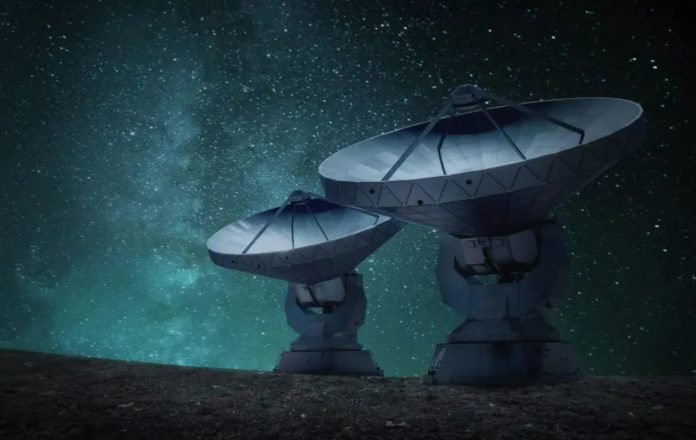The US space agency NASA said Thursday it will commission new research on unidentified aerial phenomena (UAPs), the official term for UFOs.
The project will be conducted from a scientific standpoint, with an emphasis on discovering available data, gathering future data, and determining how this can help further our understanding of UAPs.
UAPs
UAPs are associated with UFOs. However, there is a distinction between the two: UFOs are unique objects, whereas UAPs are any observed sky occurrence that cannot be identified.
Both have grabbed people’s interest over the last few decades, particularly because of their alleged links to extraterrestrials. This is despite the fact that there is no proof that UAPs are extraterrestrial at this time.
However, part of the reason for this confusion is that, in the past, any information about UFOs and UAPs were kept classified, leaving the public in the dark about these sightings — something that is only now beginning to change.
So, why is this the case?
There’s a good reason why so much information on UAPs has been classified: Military protection.
While the public’s perception of UAPs is that they could be aliens, the major concern from a defense standpoint is that they could be new military technology employed by a foreign power.
And because of this, most research on this phenomenon has been done by the military, like the US Defense Department.
NASA, on the other hand, wants to change that.
This new investigation will be carried out by NASA, which is not affiliated with the US Defense Department’s Unidentified Aerial Phenomena Task Force or its successor, the Airborne Object Identification and Management Synchronization Group.
NASA, on the other hand, does not believe UAPs are extraterrestrials. Rather, they want to investigate mysterious atmospheric occurrences that could jeopardize aviation safety.
“NASA believes that the tools of scientific discovery are powerful and apply here also,” stressed Thomas Zurbuchen, associate administrator for science at NASA Headquarters in Washington. “We have access to a broad range of observations of Earth from space – and that is the lifeblood of scientific inquiry. We have the tools and team who can help us improve our understanding of the unknown. That’s the very definition of what science is. That’s what we do.”
And, unlike NASA, its results will not be kept under wraps or kept secret for decades. Rather, as is customary for NASA, its conclusions will be made public — something verified by Daniel Evens, the NASA person in charge of the investigation.
The research will take nine months.
Prof. Avi Loeb, an Israeli-American astronomer and former chairman of Harvard University’s Astronomy Department, said, “It is wonderful that NASA and scientists will be engaged in unraveling the nature of UAP.”
Loeb is a strong advocate for the quest for extraterrestrial life in the mainstream scientific community. He is also the director of the Galileo Project, a private scientific initiative that uses a united telescope network to determine whether humanity is truly alone in the universe. He has long advocated for UFO and UAP research to be performed in the scientific community.
In an email, Loeb said of NASA’s latest study, “It is a fishing expedition and we will end up with a mixed bag of natural and human-made objects.” However, “even if we have high-quality data on a single object that demonstrates something else, such as an extraterrestrial technological origin, it would represent the most important discovery in human history.”
NASA’s astrobiology division
While the goal of this expedition is to research UAPs and is not necessarily related to aliens, that does not rule out the potential of seeking indications of life in space.
Indeed, as stated by the CIA, they have a very active astrobiology program with the goal of discovering indications of life in space.
The employment of the Transiting Exoplanet Survey Satellite, Hubble Space Telescope, and James Webb Space Telescope to uncover signs of life and biosignatures on distant exoplanets will make this effort easier.
Image Credit: Getty
You were reading: NASA Adding One More Subject To Its Next Big Projects
